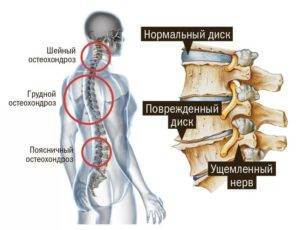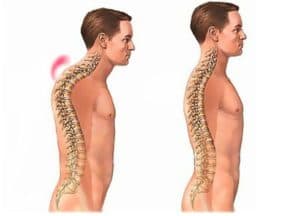Acute transverse myelitis is an inflammatory disease that affects the spinal cord. Rare, but is considered very dangerous, as it is treated with great difficulty, and the consequences are irreversible. Can be diagnosed at any age, but is most common in the 25 – 35 years.
Classification
In addition to acute transverse myelitis, it is customary to distinguish two other forms – acute and chronic.
Depending on where the inflammation has developed, it may be limited or patchy. If the affected several sites, then you should talk about the disseminated or diffuse form.
The diffuse form affects the entire spinal cord and has many negative consequences. A transverse spans multiple segments at once.

Reasons
The causes of pathology is a lot:
- Infectious diseases.
- Injury.
- Toxic damage.
- Vaccinations, but rarely.
- Radiation therapy.
Sometimes the cause can not be identified. Infectious myelitis also has its own division. It is the primary type when inflammation happens in the lesion from the nerve cells of the spinal cord, and secondary, which develops after infection, most often syphilis, measles, tonsillitis, pneumonia.
The main manifestations
Acute transverse myelitis spinal cord has its own symptoms that allow the diagnosis in the shortest possible time and quickly to begin treatment.
In the acute form the symptoms are vividly pronounced. This is a high body temperature, headache, fever, pain, especially in the affected parts of the back and in the muscles, weakness and malaise. These symptoms persist for a few days and called the period of prodrome.
Patients complain of girdle pains of varying intensity in the back, here itching and tingling, pins and needles.
After reduction of pain at the forefront of neurological symptoms – the weakening of sensitivity, weakness in the hands and feet, muscle tension, flatulence, impaired urination and defecation.
Due to the disruption of the spinal cord appear on the skin ulcers and bedsores. And it does not depend on the quality of care.
Symptoms can develop very quickly, in just a few hours and can for a few weeks. All will depend on where developed inflammatory process.
Diagnosis
After neurological examination by a neurologist patient necessarily directed to diagnostic procedures, which will be selected by the physician. In the first place is a myelography, which will allow us to understand the condition of the spinal cord.
When needed, CT or MRI studies are the gold standard for this pathology.
And the third option – puncture spinal fluid that will allow to understand how the pathogen caused by the inflammatory process. Only then can we talk about antibiotics.

How to get rid of
Recommendations for the treatment of acute transverse myelitis can give only a specialist after a correct diagnosis.
The treatment is carried out only in a hospital. Most commonly used conservative therapy, but can sometimes require surgery.
It is important to take steps that will help to restore the amount of fluid in the body. Also requires fighting intoxication, regular emptying of the bladder, prevention of bed sores. Paralysis of the respiratory muscles may need mechanical ventilation.
Medicines for the treatment of myelitis requires a lot. First and foremost is a antibiotics that are assigned after the test for sensitivity. In severe may need hormonal agents. For the relief of pain – analgesic. Drugs from the group of NSAIDs in this disease practically applied, inflammation is removed by means of corticosteroids.
Among the medications are diuretics, and muscle relaxants, as well as glucose and vitamin complexes.
After removing the acute inflammatory process must undergo a course of physiotherapy. You can use electromyostimulation, electrophoresis, ultrasound or ultraviolet radiation, heat treatments. Folk treatment methods should be abandoned, as the disease is very serious and often leads to paralysis or death.
Surgical treatment is required in distinct movement disorders, and also in the presence of foci of pus. Surgery patients and when spinal cord compression, which can be caused by an inflammatory lesion.



